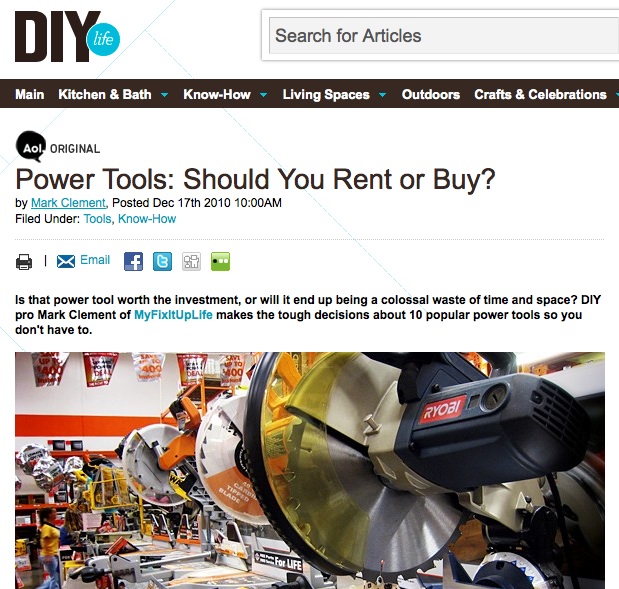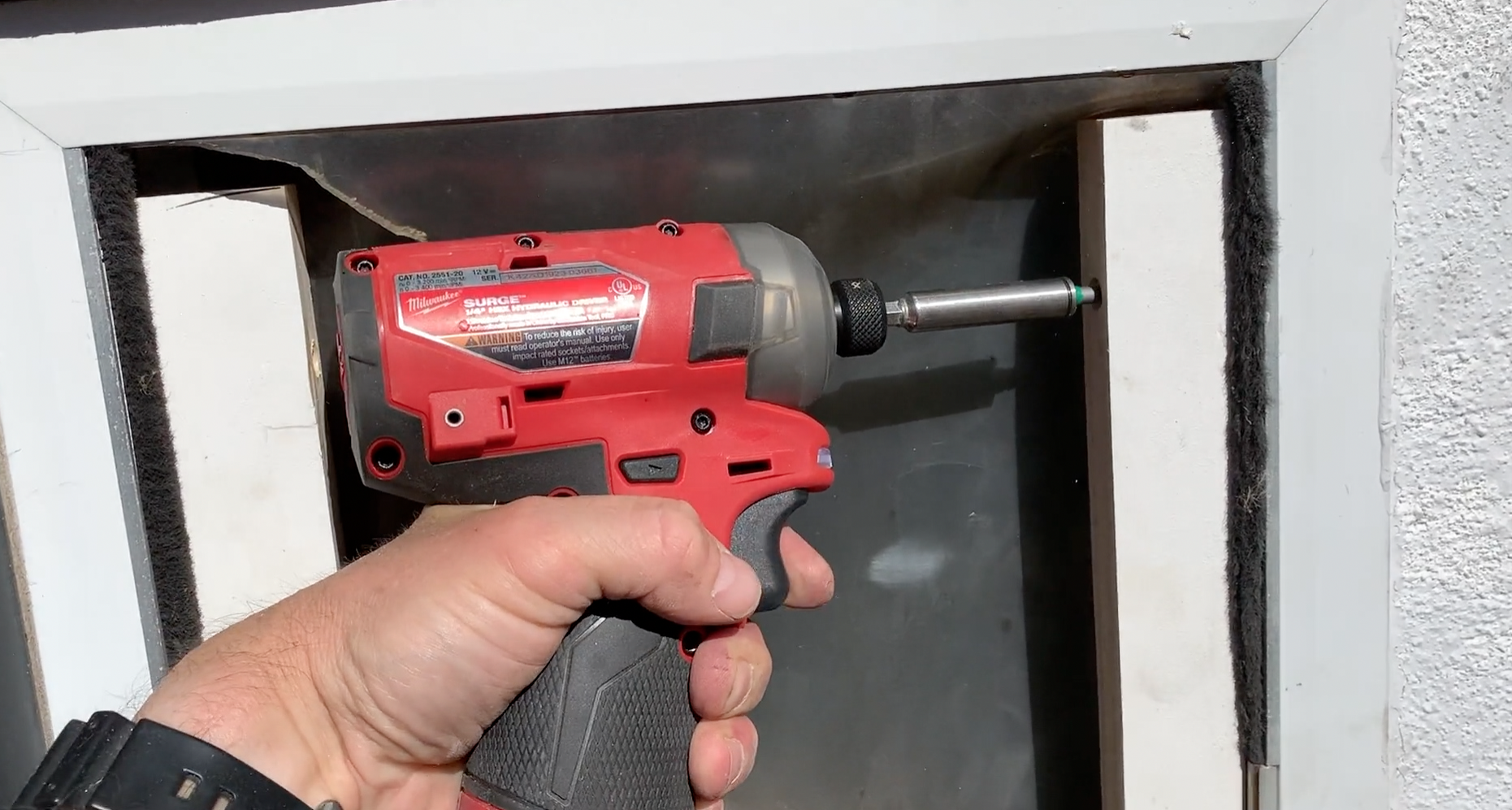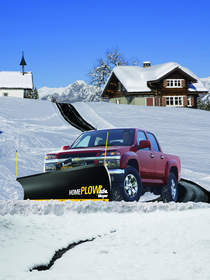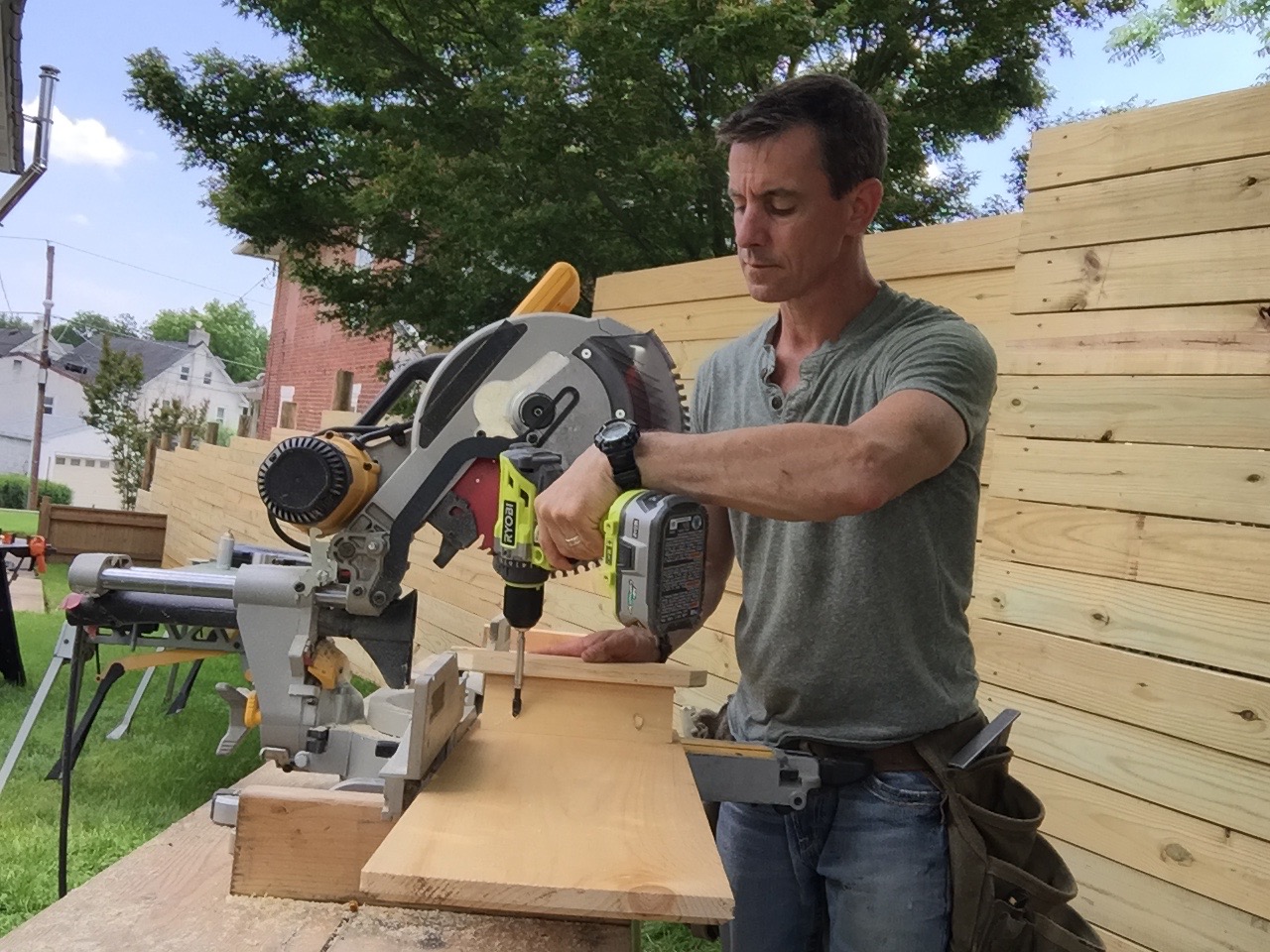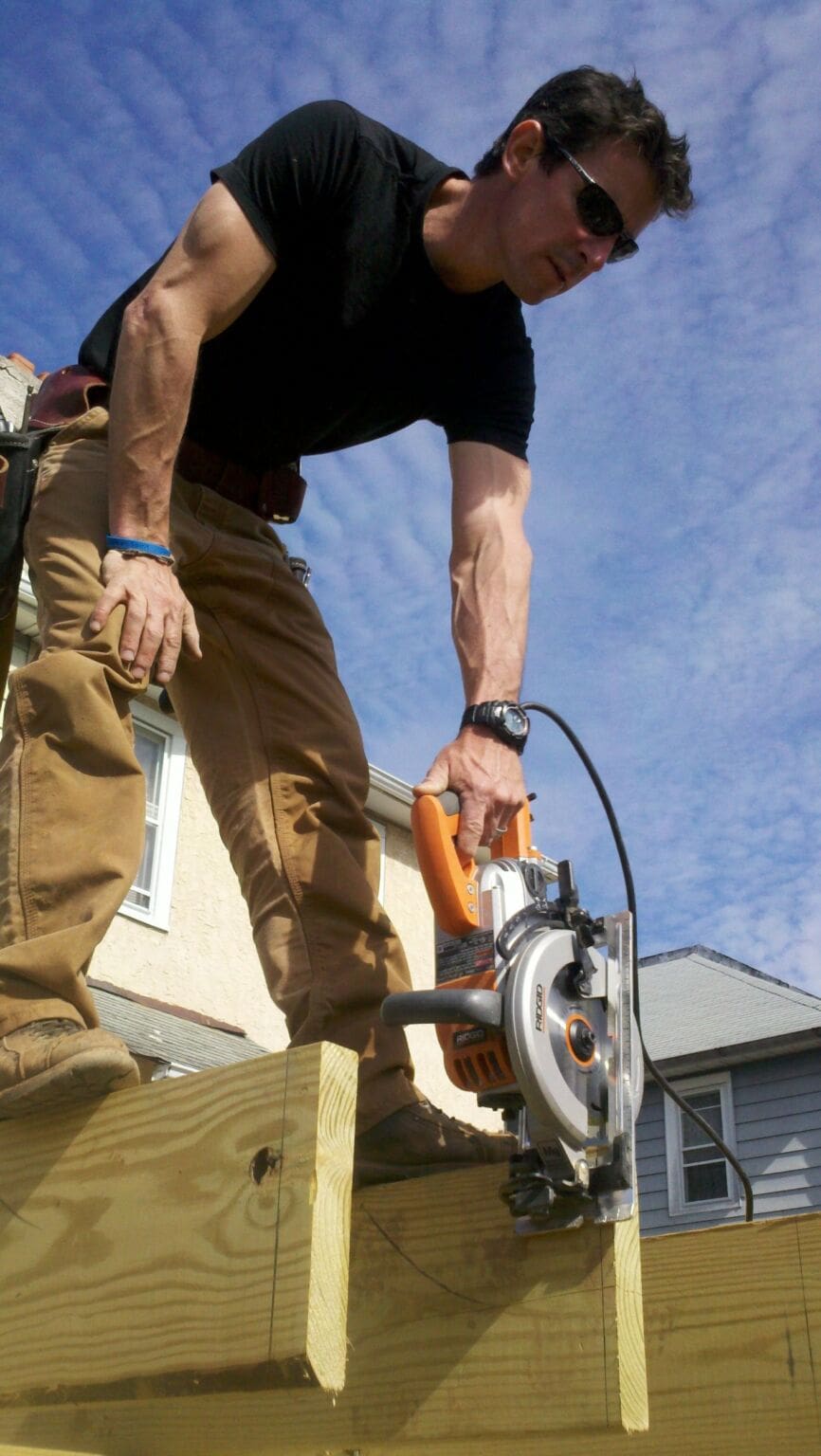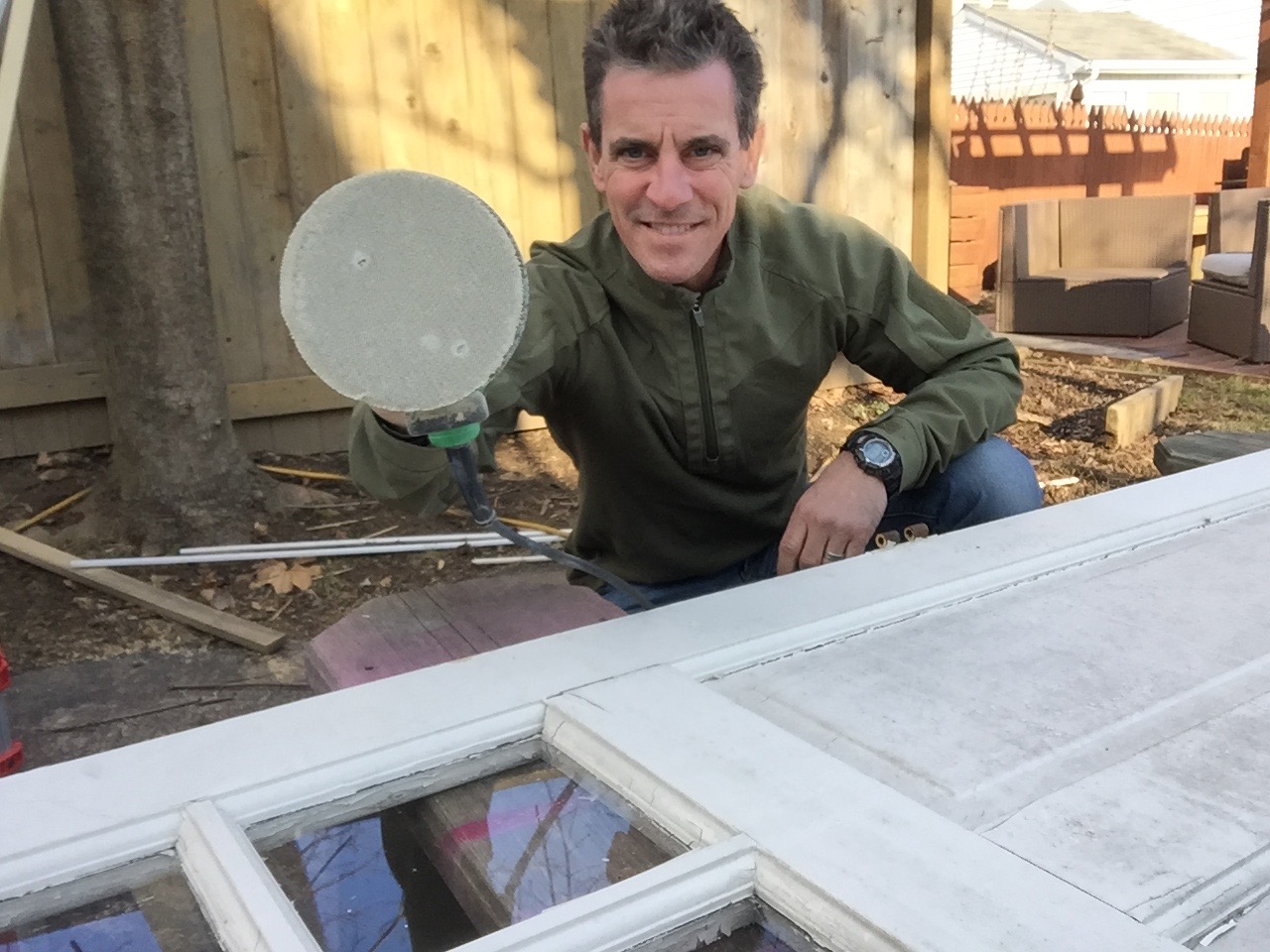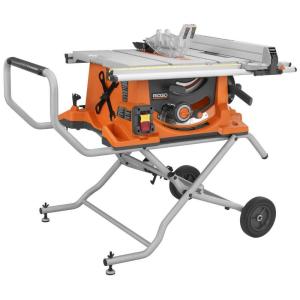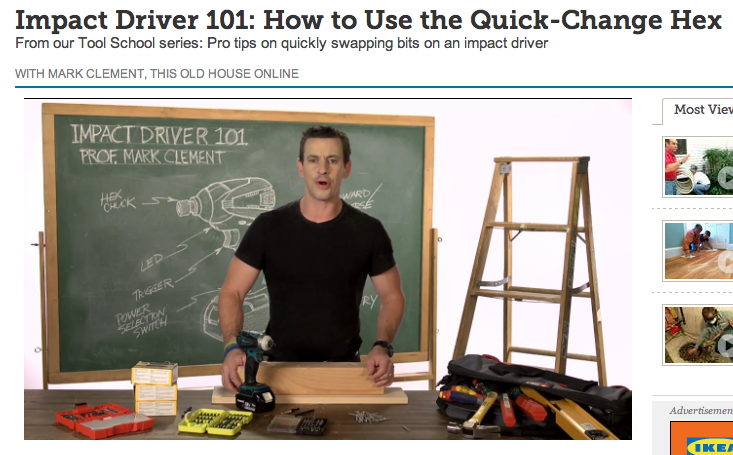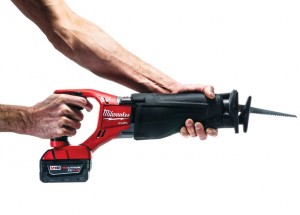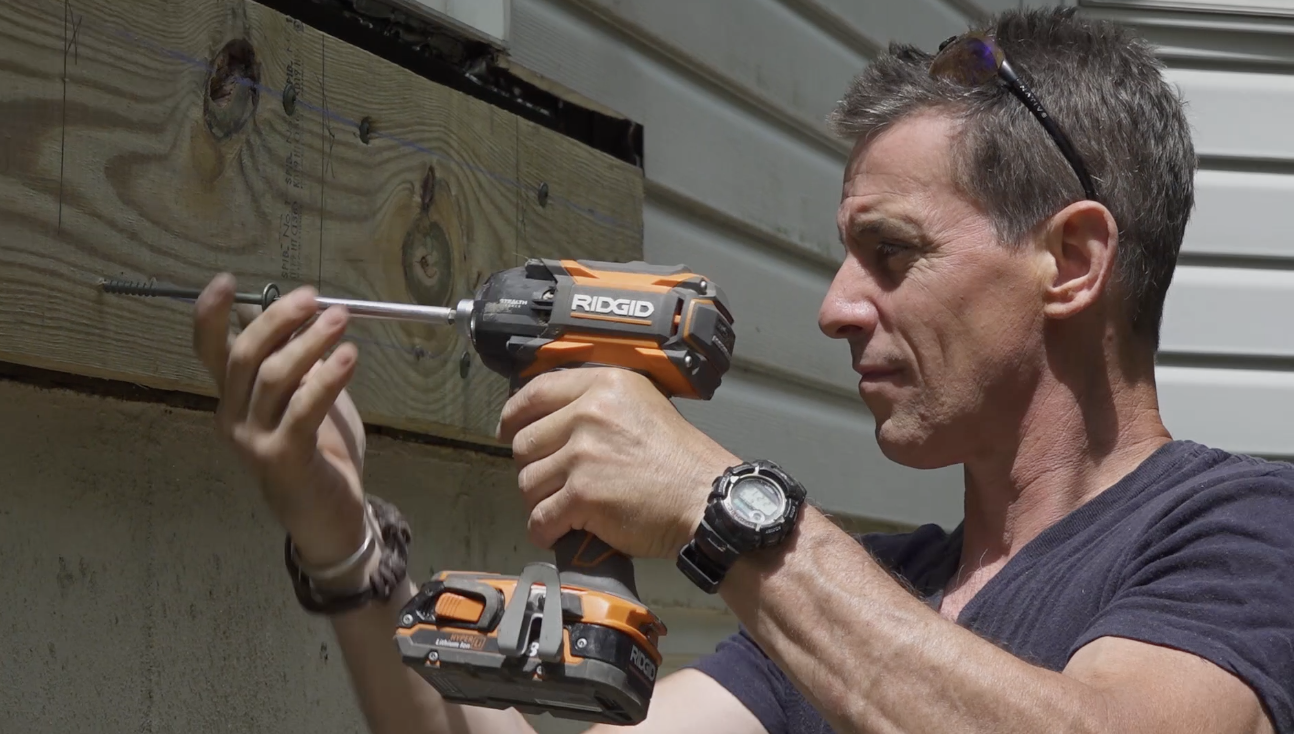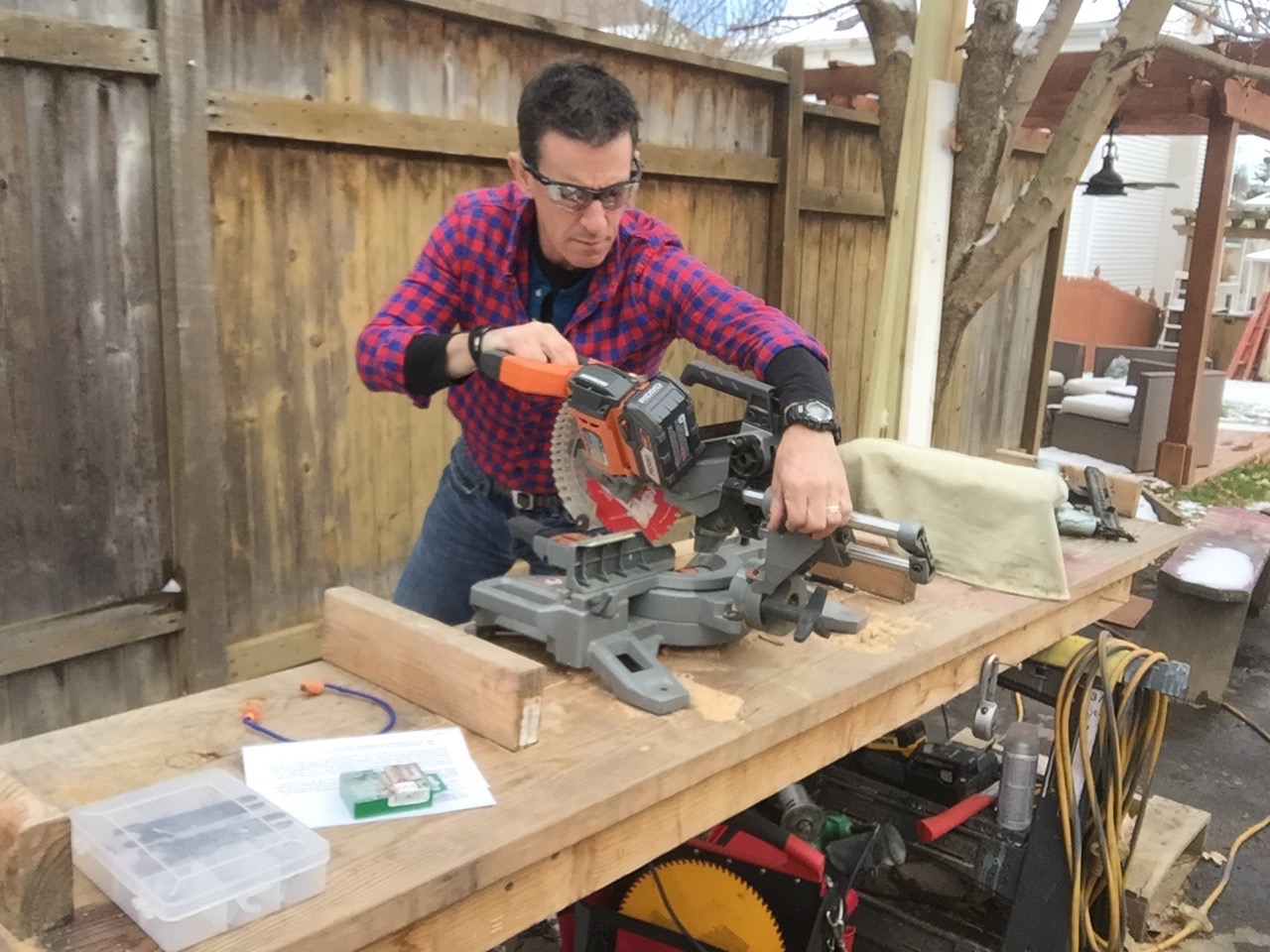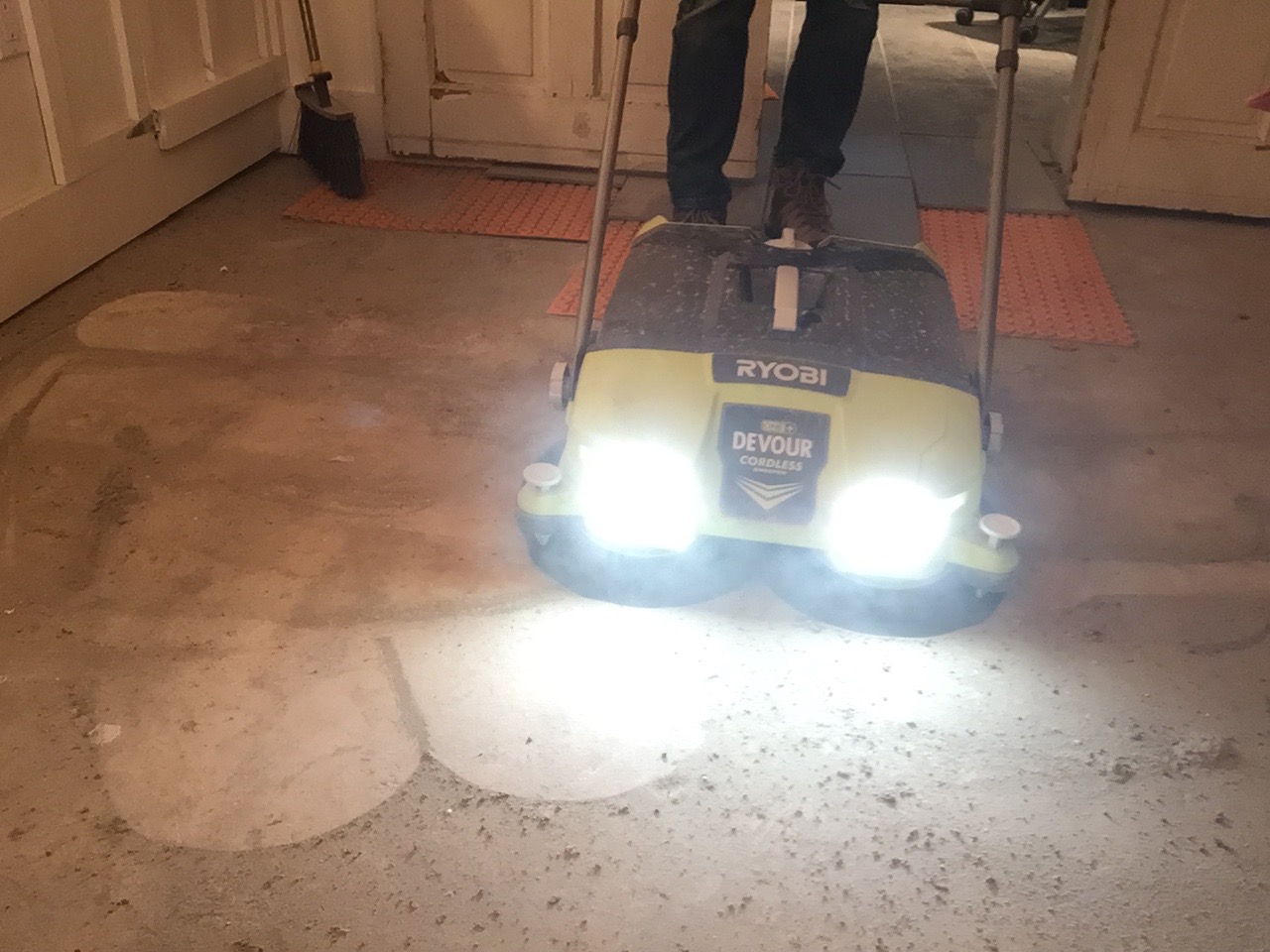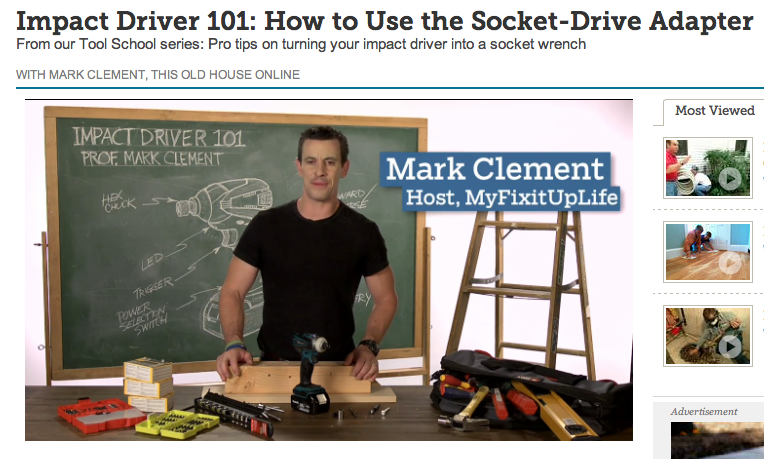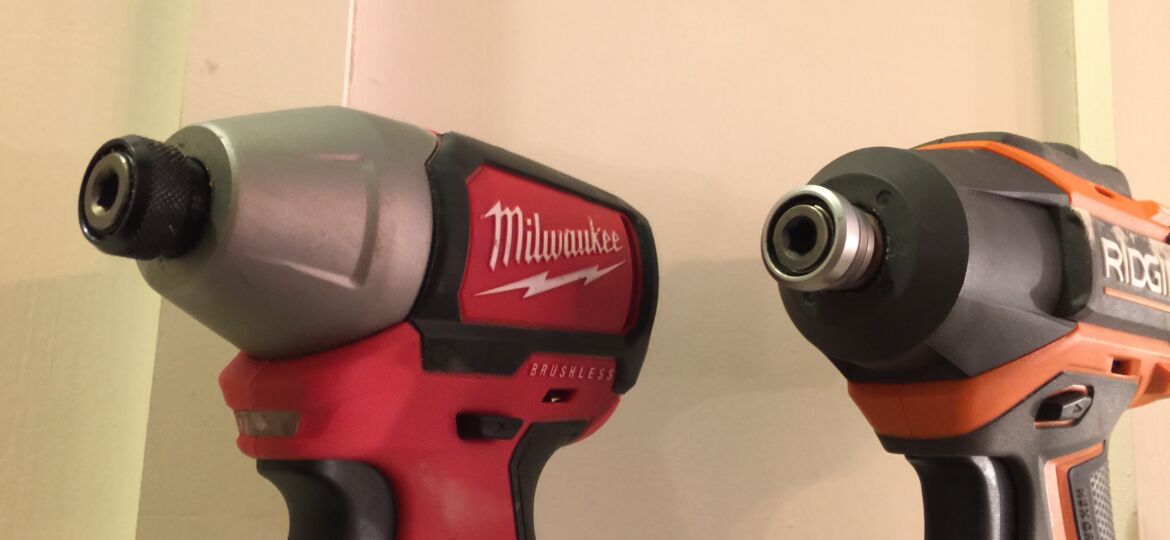
Buying an impact driver is, of course, about getting screw driving performance but there are also smaller features we interface with every day you might want to think about. All other things being equal, they make a difference.
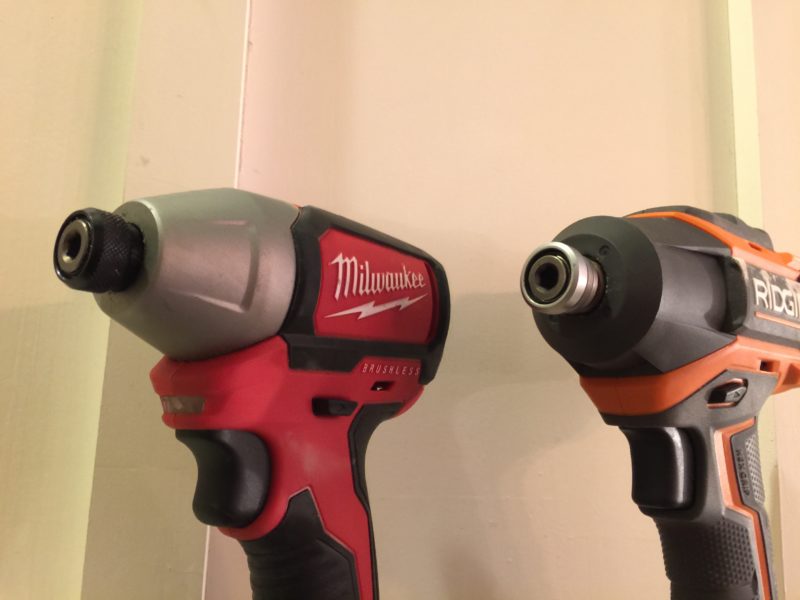


Note: We partnered with The Home Depot to produce this blog as part of Big Orange’s ProSpective program. The ideas and full-tilt love affair with tools are 100% MyFixitUpLife’s. To research or buy the Milwaukee impact driver featured here, click the link.
Check the chuck. And by “chuck” I mean “1/4-inch hex drive” and I use mine all the time. I bet you do too. Basically, there are two types, what I call 1-step and 2-step.
A 1-step means you can just slide your driver bit into the drive and go to work. A 2-step like the Milwaukee’s requires you to pull the hex drive collar forward, then slide the driver bit in and release. If you swap out bits a lot—like setting a kitchen—it makes a difference. On the other hand, you may have a 1-step now and not even know it.
There is a third type of “chuck”. I call it a “1-step eject”. This hex drive actually springs the driver out of the tool when you change bits. I don’t use it that much, but it exists like on the Ridgid impact driver to the right.
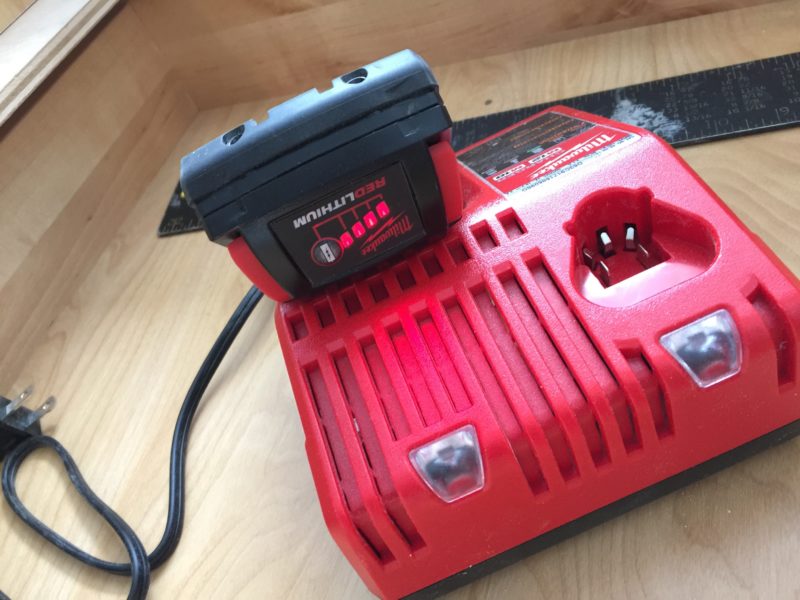


Check the charger. Are you in a battery “family?” If so, take a peak at the charger that comes with your tool and see if it’ll charge your other battery formats like this one does. It’s not critical but it is nice. Also, take a look at how the battery’s charge indicator lights (fuel gauge) are positioned relative to the charger. I like this one because I can see the fuel gauge without having to remove the battery from the charger. Also, kudos on having a fuel gauge Milwaukee.
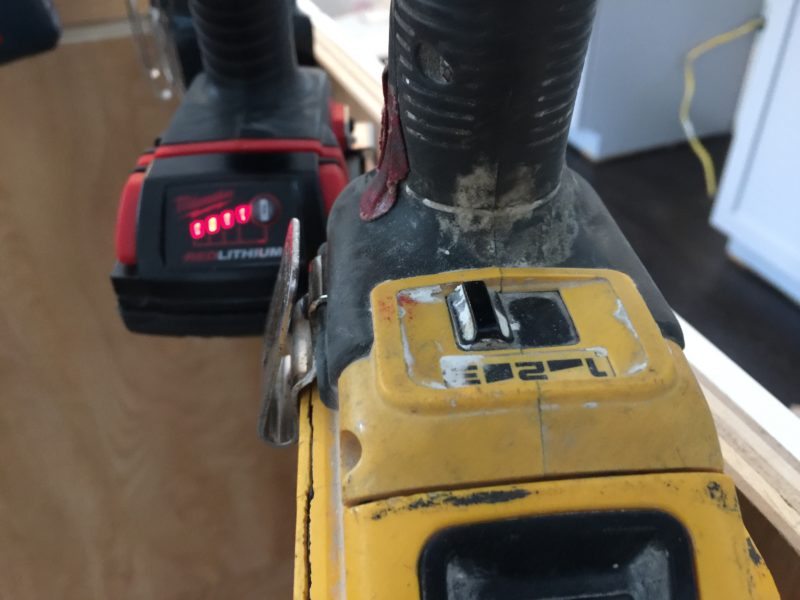


Gear box. Even though it’s a feature some people use, I’m not one of them. Neither is my friend who owns this impactor. Besides, there’s already a “gear box” of sorts on the tool: It’s called a variable speed trigger and that’s how most of us control the action. As you can see from the years of jobsite schmutz on my buddy’s tool this slide lever hasn’t moved in so long it’s probably fused in Position 3.
The Milwaukee unit doesn’t have a gear box that you won’t use.
Noise. Highly subjective, of course, but of the four impact drivers I looked at today, all of the motors made different sounds as they spun up. The Milwaukee’s was noticeably lower pitched and quieter than all of them and it was nice.
Will you notice is driving fistfuls of deck screws? Probably not. The impact mechanism will kick in and drown out the quiet motor. But if you drive lots of small fasteners, say for cabinet face frames, working in an electrical panel, hollow wall anchors, or maybe even woodworking where the impact doesn’t always kick in then this is an extra nice feature on a nice, affordable tool.

